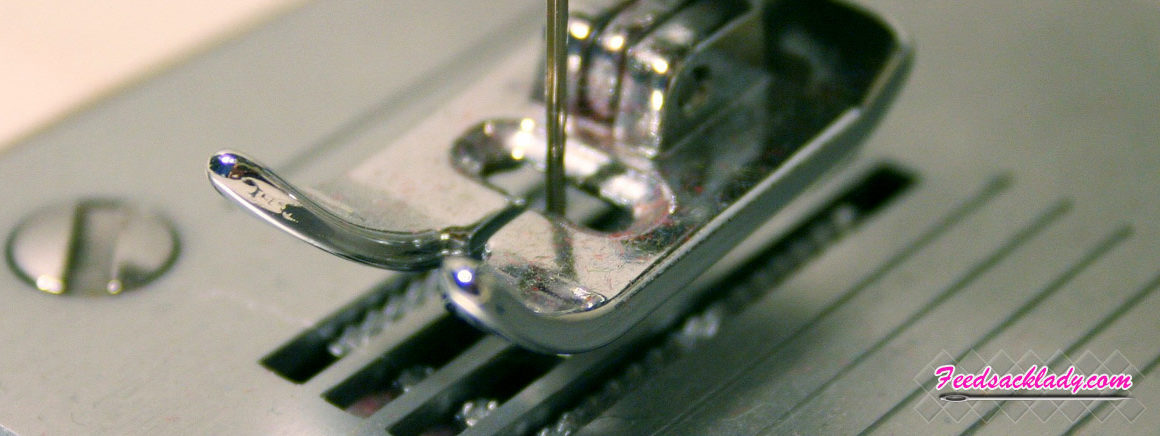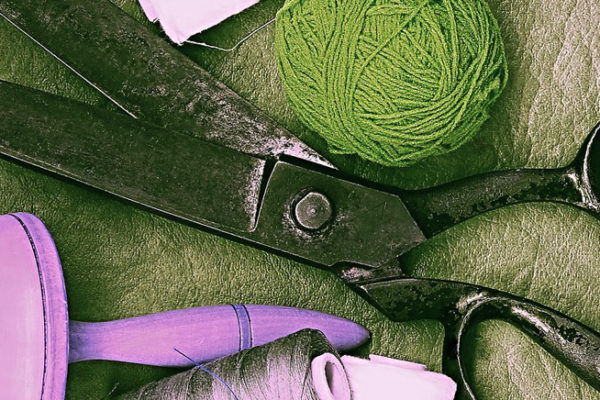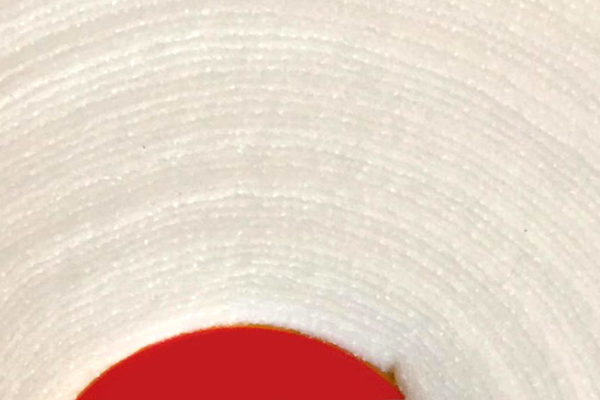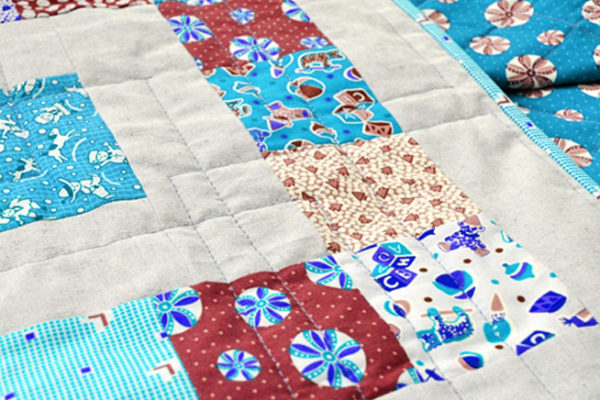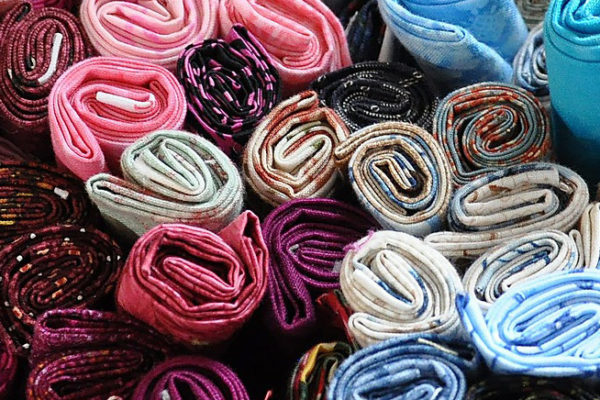Stitches are, quite literally, the threads that hold your quilt together. They are the core of the whole project and are of paramount importance. Using various stitches can result in different effects on the quilt.
While there are simple and complex stitches you can learn, this list will focus on beginner-friendly stitches. Here are the 13 basic quilting stitches you need to know:
1) Outline Quilting
The stitching in Outline Quilting is done along the edge of the design. The benefit of this stitch is that it accentuates the design to give it a padded effect.
2) Free Form Quilting
This is a more advanced quilting stitch that requires some practice before it looks even. In this stitch, you use your free-motion stitches to make the stitches randomly. Doing it right allows it to look good but it can look off if it isn’t even.
3) Template Quilting Designs
Using templates to replicate a more complex-looking design is possible, even for amateurs. You can get professional templates that also indicate where the stitches need to go. This allows for high-quality results every time.
4) Stitch In The Ditch Quilting
With this quilting stitch, you have to make the stitches on the seam of the intersection of the blocks. The benefit of this is that the stitching is not visible and the seam is also reinforced.
5) Crazy Quilting Stitches
Crazy quilting stitches are exactly as the name sounds. With this stitch, you make your stitches over fabric as well as its seams. This can be used for decorative purposes as well as for creating a hand-made border embroidery.
6) Corded Quilting Stitches (Italian Quilting)
The design of this quilting stitch creates a thin double line without any breaks. This creates a channel in between the stitches that are threaded with a thick soft Italian quilting wool later.
7) Shadow Quilting
Shadow quilting is similar to the previous double line quilting method. The biggest difference is that the stitches are done through the thin fabric following the shapes of the middle layer. Colored wool is also threaded through the double line channel to create the shadow.
8) Kantha Quilting / Sashiko Quilting
The Kantha quilting method lets you run stitches throughout the quilt. These stitches hold the pieces together and look cohesive while doing it.
9) Square Or Diamond Quilting Stitches
Square quilting stitches are rows of parallel stitches that form squares. Diamond-shaped stitches do the same but with the stitches being diagonal in the shape of diamonds.
10) Stipple Quilting / Meandering Quilting Stitches
Stipple quilting stitch is a variation of the free motion stitch. However, the stitches here don’t cross each other. These are used to fill unfilled areas and impose a raised look in the areas.
11) Horizontal Quilting Stitches
The Horizontal quilting stitches are the easiest to learn. All you have to do is make straight-line stitches in parallel rows. You can use masking tape or fabric chalk as a guide for this stitch.
12) Trapunto Quilting
This is an extra padded quilting technique where padding is added after the stitching is done. The added padding allows the motif to stand out and have greater emphasis.

